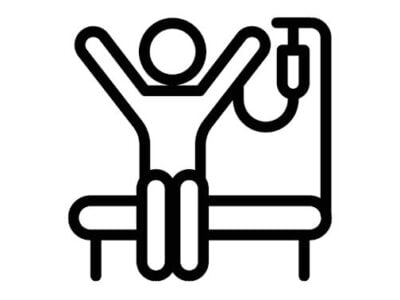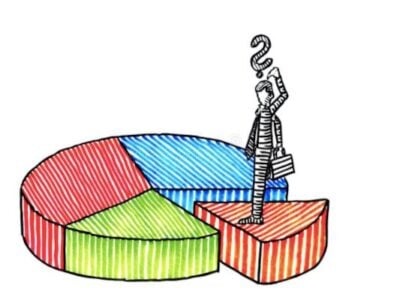
Training in the age of social distancing: AR/VR to the rescue
Augmented, virtual and mixed reality headsets can provide an immersive solution for a wide range of different applications, for example, these headsets can be used for remote assistance, remote training, and remote meetings. In their report “Augmented, Mixed and Virtual Reality 2020-2030: Forecasts, Markets and Technologies”, market analysts from IDTechEx discuss 83 different companies and 175 products in VR (virtual reality), AR (augmented reality) and MR (mixed reality) markets.
One example of virtual reality for training is in situations which would be difficult to create in real life – for example, firefighting training for oil rigs. As these simulations can be tracked and graded, instructors can provide specific feedback on different scenarios to the trainee. This level of detailed and constructive feedback provides a much clearer and direct way to offer complex training scenarios.
AR, VR and MR have been used for medical training applications. Augmented reality has been used for training for surgical applications, for example, Proprio in Washington ran a pilot program in a few hospitals. This company provides imaging tools to help surgeons to see through any objects and create surgical plans. The platform also has AI intelligence and analyses any 3D rendering, storing it and sharing the surgical data in real-time.
Furthermore, there are haptic simulators, such as those by FundamentalVR which provides haptic simulators to allow surgeons to practise their skills by using realistic vibration patterns. Overall, the possibilities for AR/VR/MR devices are endless, and with the current social distancing and lack of in-person contact, these devices can provide a collaborative, live, immersive experience for both trainer and trainee alike.
From immersive training, more data can be gathered from users, which can provide a deeper analysis of the trainee’s decision-making process. Moreover, this analysis can be utilised to improve training methods. Although, the changes that COVID-19 have impacted onto society will reverberate into the future, augmented, virtual, and mixed reality products will provide sustainable, effective, and long-lasting training possibilities for many different industries in the years to come.
Visit www.IDTechEx.com/ARVR for more information on this report.
IDTechEx – www.IDTechEx.com
 If you enjoyed this article, you will like the following ones: don't miss them by subscribing to :
eeNews on Google News
If you enjoyed this article, you will like the following ones: don't miss them by subscribing to :
eeNews on Google News



